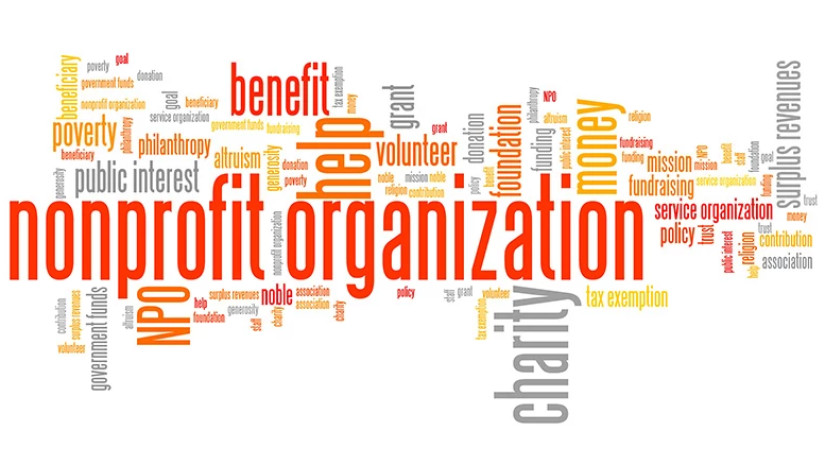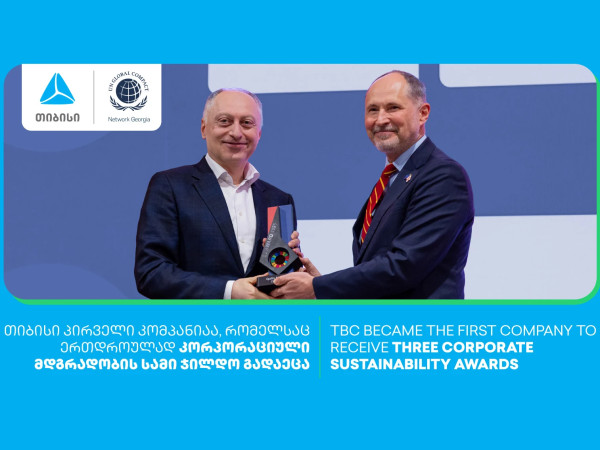Non-profit institutions are legal entities or organizations which produce goods and services and are not focused to receive profits or financial gains.
Most of goods and services produced by non-profit institutions are sold free of charge or in economically non-significant prices. These organizations are mostly self-financed, receive donations or membership fees. Financial and non-financial assets can be also used to generate income for non-profit institutions and they are allowed to pursue auxiliary economic activities.
According to the declared data of 2024 the turnover from auxiliary activities of non-profit institutions amounted to 281.2 million GEL, 10.6 percent more compared to 2023.
The biggest shares in turnover was generated by organization in following sectors: education (33.2 percent), healthcare and social work (29.7 percent), arts, entertainment and recreation (15.8 percent), other services (7.7 percent), professional, scientific and technical activities (4.9 percent), information and communication activities (4.2 percent), and transportation and storage (1.4 percent).
Turnover increased about 4.1 times in manufacturing and about 2.0 times in healthcare and social work activities. Turnover also increased in the professional, scientific and technical activities (78.8 percent), financial and insurance activities (74.5 percent), administrative and support service activities (31.6 percent), information and communication (22.3 percent), other services (15.0 percent), accommodation and food service activities (9.3 percent), and transportation and storage (0.8 percent) sectors.
The production value (of goods and services) of non-profit institutions amounted to 2 720.6 million GEL, 15.9 percent higher compared to the previous year.
The biggest shares in production value was generated by organizations in following sectors: other services (25.4 percent), arts, entertainment and recreation (22.1 percent), healthcare and social work (16.5 percent), education (14.6 percent), professional, scientific and technical activities (6.4 percent), and water supply, sewerage, waste management and remediation activities (5.3 percent).
62.5 thousand people (51.9 percent women and 48.1 percent men) were employed in nonprofit organizations in 2024. Compared to 2023, this figure has increased by 4.2 percent.
Education sector held the biggest share (24.8 percent) in employment, followed by the similar share of arts, entertainment and recreation (24.8 percent), then followed water supply, sewerage, waste management and remediation activities (13.9 percent), healthcare and social work (12.7 percent), while other sectors held the rest of 23.8 percent.
Out of all employed, 62.1 thousand were hired, which is 4.1 percent more compared to 2023.


















